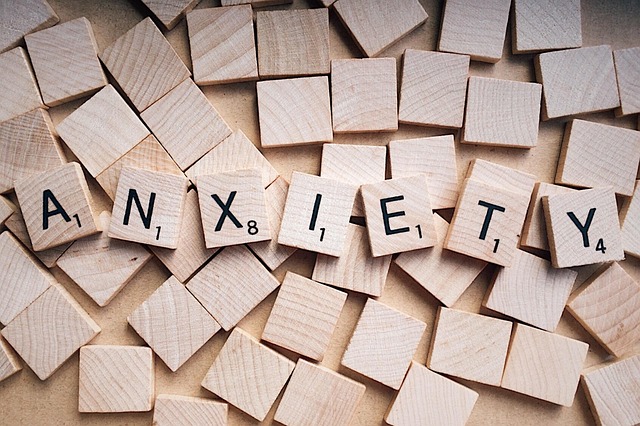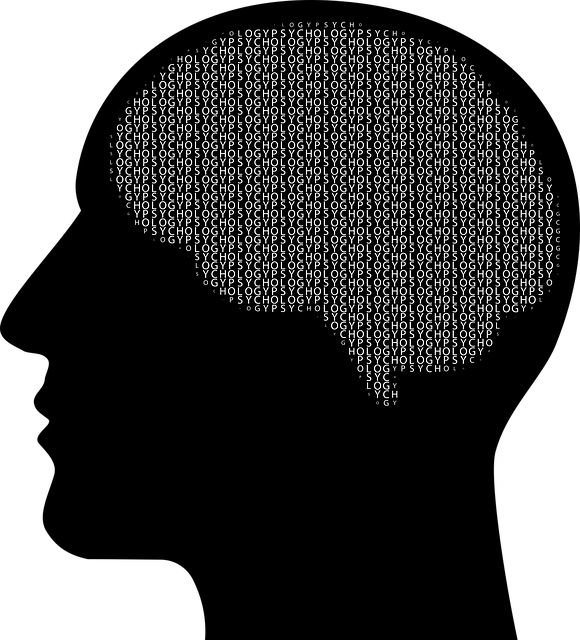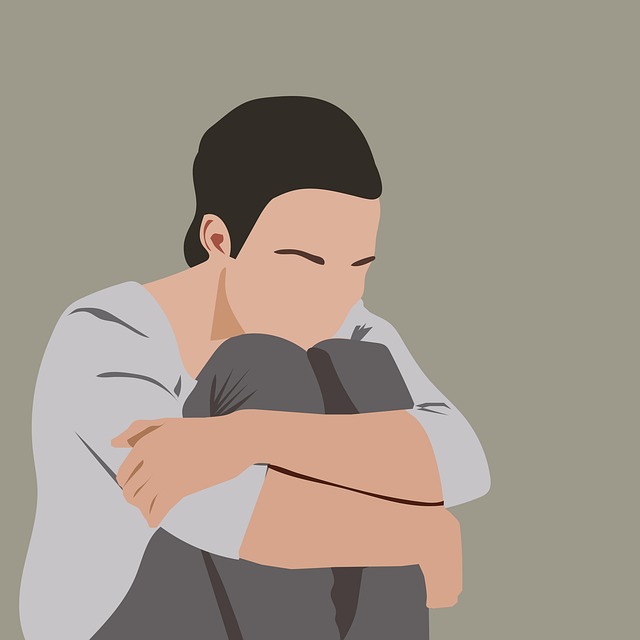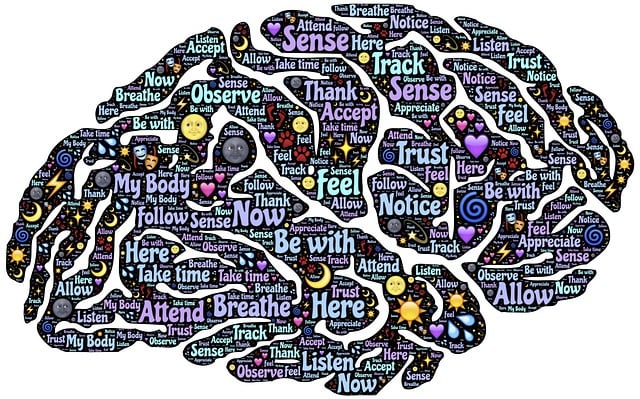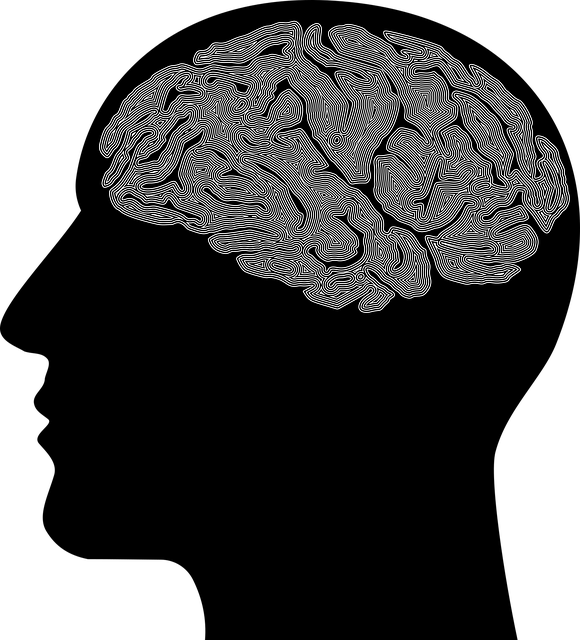Dissociative disorder in young children, often stemming from trauma, causes them to detach from reality, leading to amnesia and identity confusion. Early intervention with specialized therapy, including CBT, EMDR, and mindfulness meditation, is crucial. Mindfulness meditation helps kids regulate emotions, improve focus, and develop coping mechanisms through self-awareness. A step-by-step guide offers a simple approach for parents or caregivers to introduce mindfulness, track progress through reflection and journaling, and adapt practices as needed. This holistic therapy for young children dissociative disorder empowers them to manage symptoms and navigate life's challenges effectively.
“Unwind the mind and reconnect with the present—this is the power of mindfulness meditation, especially for young children facing dissociative disorder. This article explores how mindfulness can be a transformative therapy, offering a comprehensive guide for parents and caregivers. From understanding dissociative disorder in kids to mastering a step-by-step meditation practice, you’ll discover effective strategies to enhance your child’s well-being. Learn how to prepare for your first session, track progress, and adjust the practice for optimal results, all while empowering your child with valuable mindfulness skills.”
- Understanding Dissociative Disorder in Young Children
- The Benefits of Mindfulness Meditation for Kids
- Preparing for Your First Mindfulness Session with a Child
- Step-by-Step Guide to Conducting a Mindful Meditation Practice
- Tracking Progress and Adjusting the Practice
Understanding Dissociative Disorder in Young Children

Dissociative Disorder in young children is a complex mental health condition that requires specialized care and understanding. Often resulting from traumatic experiences, this disorder manifests as a disconnection from reality, leading to symptoms like amnesia, identity confusion, and altered states of consciousness. Children may exhibit unpredictable behavior, struggle with emotional regulation, and have difficulty concentrating or maintaining a consistent sense of self.
Early intervention is crucial in managing dissociative disorder. Therapy for young children focuses on creating a safe and supportive environment where they can learn to integrate their experiences and emotions. Techniques such as cognitive-behavioral therapy (CBT), eye movement desensitization and reprocessing (EMDR), and mindfulness meditation are often employed. These approaches aim to improve mood management, enhance mental wellness, and help children develop healthier coping strategies for navigating internal dissociation. Mental wellness podcast series production can also be a valuable tool in educating both children and their caregivers about dissociative disorder and the benefits of therapy. Additionally, risk assessment for mental health professionals is essential to ensure the safety and effectiveness of treatment.
The Benefits of Mindfulness Meditation for Kids

Mindfulness meditation offers a powerful tool for enhancing mental wellness in children, especially those dealing with dissociative disorder or past traumas. By incorporating this ancient practice into their daily routines, young individuals can develop a deeper sense of self-awareness and emotional regulation. Through simple techniques such as focusing on the breath or scanning the body, kids learn to stay present and calm, which is particularly beneficial for managing symptoms associated with dissociation.
Regular mindfulness meditation practice supports trauma support services by fostering resilience and coping mechanisms in children. It encourages them to engage with their emotions without judgment, promoting a positive relationship with their minds. As they learn to observe thoughts and sensations without reacting impulsively, kids gain better control over their actions, leading to improved focus and decision-making skills. Embracing mind over matter principles, mindfulness meditation empowers young minds to navigate life’s challenges more effectively.
Preparing for Your First Mindfulness Session with a Child

Preparing for your first mindfulness session with a child can feel daunting, especially if they’re dealing with dissociative disorder. Remember that each step is an opportunity to build trust and connection. Start by creating a safe and comfortable space, free from distractions. Choose a quiet area where your child feels secure, perhaps their favorite spot or a room they associate with relaxation.
Incorporate communication strategies that acknowledge their feelings while grounding them in the present moment. Use simple, age-appropriate language to explain mindfulness, focusing on its benefits like helping them feel calm and focused. Encourage positive thinking by sharing stories of how mindfulness has helped others manage big emotions. Building emotional intelligence together through these sessions will create a powerful bond and serve as an effective therapy for young children with dissociative disorder.
Step-by-Step Guide to Conducting a Mindful Meditation Practice

Starting a mindfulness meditation practice can be incredibly beneficial, especially for children struggling with dissociative disorders. This step-by-step guide offers a simple and effective approach to help young individuals cultivate present-moment awareness.
Begin by finding a quiet space where your child feels comfortable. Encourage them to sit upright, closing their eyes gently. Take deep breaths together, in through the nose and out through the mouth, to calm the mind and body. For each breath, ask them to notice the sensation of air flowing in and out. When thoughts or distractions arise, gently guide them back to the breath. This practice helps in anxiety relief and stress management, fostering a sense of control. Over time, this can be extended to several minutes, incorporating body scans to enhance mindfulness and self-awareness. Remember, consistency is key; even brief daily practices can significantly impact their mental health journey, especially when considered as a risk assessment tool for mental health professionals.
Tracking Progress and Adjusting the Practice

Tracking progress is an essential part of mindfulness meditation practice, especially when aiming to enhance mental health awareness and mood management skills, even for young children navigating dissociative disorder. Regularly reflect on your experience, noting changes in emotional responses and overall well-being. This can be done through simple journaling practices, where you document feelings before and after sessions. Over time, this will help identify patterns and the effectiveness of your meditation routine.
Adjusting your practice is crucial to suit individual needs. As you progress, consider incorporating new techniques or varying session lengths to foster compassion cultivation practices. Be open to experimentation, allowing flexibility in your approach. This adaptive process ensures that your meditation remains a dynamic tool for managing symptoms associated with dissociative disorder and promoting mental health awareness in young children.
Mindfulness meditation offers a gentle, yet powerful tool for therapists working with young children suffering from dissociative disorder. By integrating practices outlined in this article—from understanding the condition to preparing sessions and tracking progress—professionals can create a safe and supportive environment, fostering calm and present-moment awareness in these vulnerable kids. Through consistent mindfulness training, therapists may observe improvements in emotional regulation, focus, and overall well-being, potentially transforming lives and providing lasting therapeutic benefits.
